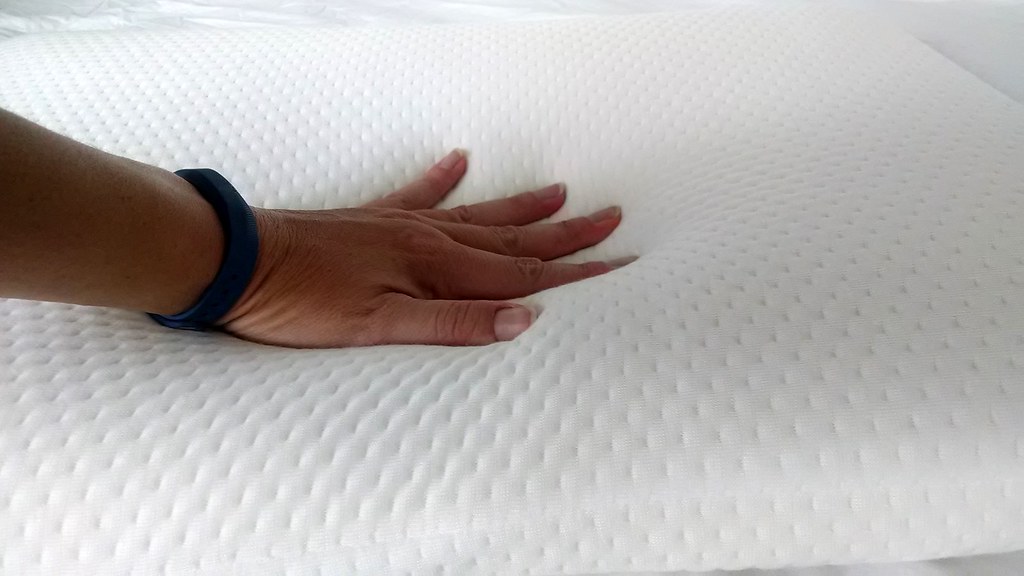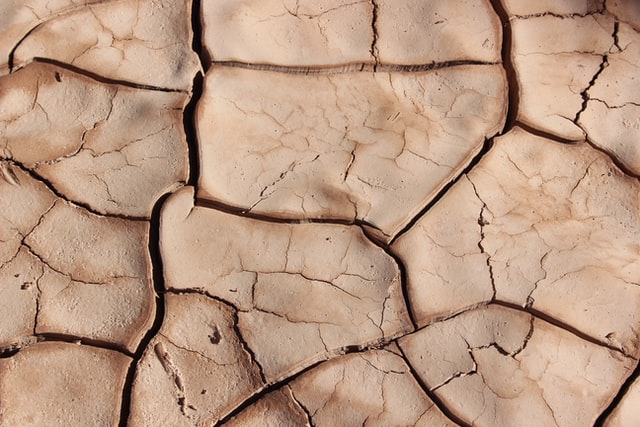written by: Allison Goins, Ph.D. | Published on September 16th, 2021 at 12:00 pm
In the vast world of beauty and personal care, the anti-aging market, valued at around 58 billion dollars in 2020, continues to expand. With a myriad of products claiming to reverse the signs of aging, it’s crucial to decipher the science behind these claims. And the best place to start is to understand the science behind aging in skin. Aging primarily manifests in visual effects such as wrinkles, sun spots, thinning skin, and sagging skin. A basic understanding of the biological processes behind these changes can empower you to make informed decisions about your skincare routine.
What Are the Signs of Aging in Skin | How to Preserve Youthful Skin
About the Author: Ph.D. detective on the aging case! Dr. Allison here, decoding mysteries like wrinkle formation and collagen decline. Forget buzzwords, my articles (fueled by research papers!) break down skin aging science into clear, actionable takeaways. Today, we unravel the clock’s secrets, so you can make informed choices for the radiant, youthful skin you deserve. Let’s age smarter, not faster!
What Are the Signs of Aging in Skin?
As we get older biological processes in our body begin to slow down. For example, in your 20s and 30s, your cells renew every 14-21 days, once you get to your 60s, cells renew every 60-90 days. And not only does the time it takes your cells to produce new cells take longer, but almost all biological processes take longer. This is why if you break a bone as a child, it heals a lot faster than if you do as an adult. Specifically in the skin, the effects of aging are a combination of biological processes and the effects of repeated and long-term use.
Wrinkles and Fine Lines: The Memory Foam Analogy
Just like a memory foam pillow loses its elasticity over time with repeated use, our skin experiences similar changes. Facial expressions cause muscles to push and stretch the skin. Structural proteins like collagen and elastin fibers, are similar to the filling in a memory foam pillow and are stretched and released with every movement. Over the years, this constant stretching reduces their elasticity, leading to the formation of wrinkles and fine lines. Fine lines and wrinkles are one of the largest indicators of aging in skin. Imagine the skin as a pillow, imprinted with creases and expressions.

Sunspots and Leathery Skin: The Sun’s Impact On Your Skin
Sun exposure triggers melanocytes to produce melanin, the body’s natural defense against UV light. Prolonged exposure leads to the accumulation of melanin, resulting in sunspots. Additionally, UV light toughens collagen and elastin fibers, like the process used to tan leather. This exposure accelerates skin aging, making it essential to shield your skin from harmful rays.
Related Post: Why Is Sunscreen Important?

Sagging Skin and Thinning Skin: Collagen’s Role in Aging in Skin
Collagen, a key player in youthful skin, loses its efficiency as we age. Collagen production slows down, causing the skin to thin and sag. Think of collagen and elastin fibers as springs; repeated stretching weakens them, leading to a loss of elasticity. As these fibers fatigue, skin loses its firmness and bounce, contributing to the sagging effect.
Related Post: The Truth About Collagen Skincare
Dryness and Itchiness: The Role of Sebum in Youthful Skin
Sebum, the skin’s natural oily substance, forms a protective film, retaining moisture and elasticity. However, as we age, sebum production decreases, resulting in dryness. Keeping your skin hydrated and using occlusives, which lock in moisture, can help compensate for the reduction in sebum, ensuring your skin stays hydrated and supple.
Related Post: 10 Effective Hyaluronic Acid Alternatives

How to Preserve Youthful Skin
While aging is natural and unavoidable, there are ways to minimize its impact. Regular use of sunscreen shields your skin from harmful UV rays, is the number one way to prevent premature aging in skin. If you have a strong preventative skincare routine it is easier to maintain youthful skin as opposed to trying to reverse damage that is already done.
Additionally, maintaining a well-moisturized skin barrier is crucial. Incorporate occlusive agents in your skincare routine to maximize moisture retention and combat dryness. Some people will also turn to cosmetic procedures like fillers, botox, or facelifts to maintain a youthful look.
Related Post: Hyaluronic Acid Fillers, What You Need to Know
In the quest for youthful skin, understanding the science behind aging is your strongest ally. By making informed choices and adopting a skincare routine tailored to your needs, you can embrace the aging process gracefully, with radiant and healthy skin.

Stay tuned for more insightful skincare tips and product analyses to empower your skincare journey.
Subscribe to our newsletter for exclusive updates and download our comprehensive Skincare Routine Builder Guide to kickstart your path to radiant, ageless skin!
Subscibe Now | Download Skincare RoutineBuilder Guide
Join our community of empowered women, and let’s decode the secrets to timeless beauty together!

I do agree with all the ideas you’ve presented in your post. They’re really convincing and will definitely work. Still, the posts are too short for beginners. Could you please extend them a bit from next time? Thanks for the post.